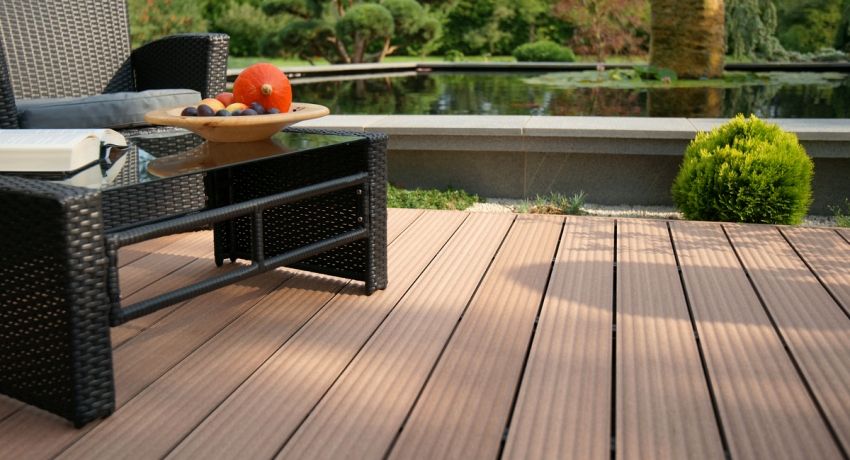I-beam: a table of sizes, weight and technical characteristics – these are the data that will definitely come in handy in the construction of civil and industrial facilities. I-beams are quite diverse in their performance. This article provides information on the benefits of profiles from different materials, their sizes and modifications.
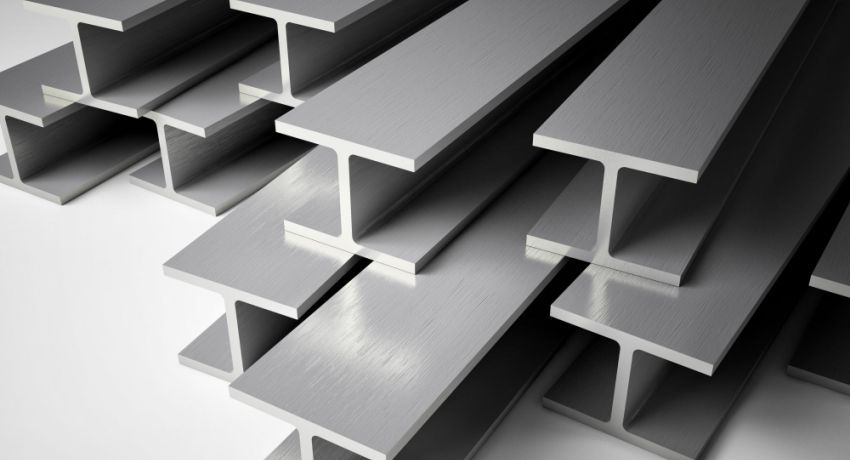
Features of the I-beam design
I-beam – a standard beam with a cross section that is shaped like the letter “H”. Modern construction of bridge structures, floors, multi-storey buildings or hydraulic structures is impossible without the use of this type of profile. It is also widely used in mechanical engineering.

I-beams are a type of high-quality rolled metal products made from high-quality profile steel. As a rule, in the manufacture of products, structural steel is used without alloying additives or with their low content.
I-beams have different weight and dimensional characteristics. For the classification of profiles using the appropriate numbering and marking. This facilitates the process of selecting materials, taking into account the peculiarities of the object under construction and the expected loads on the structure.
It is difficult to underestimate the benefits of using I-profiles. These products, used in various fields, are resistant to high loads and resistant to external influences. They are durable, reliable, affordable. Pleases and pricing products. The cost of structures, compared with analogues, is modest, which is undoubtedly a plus.
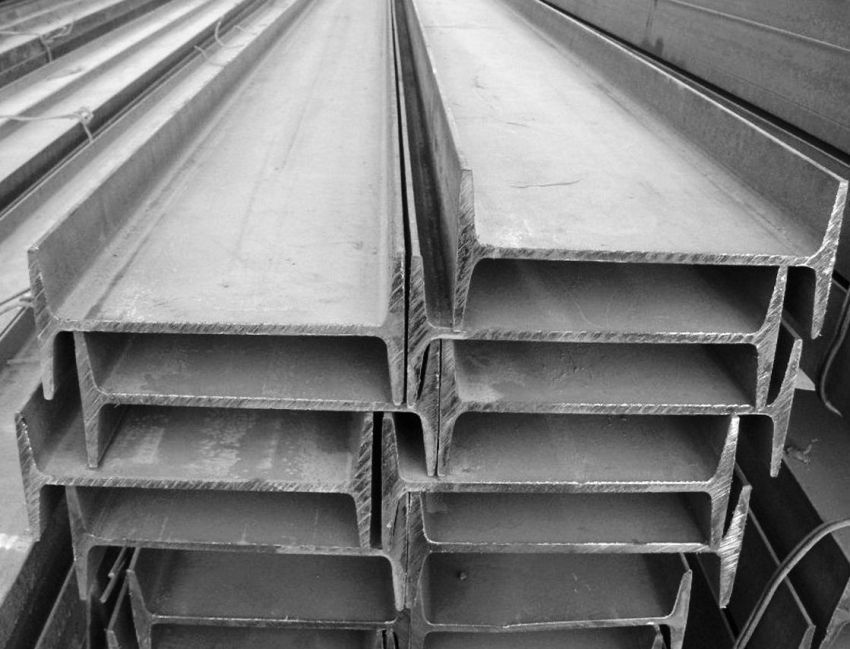
In frame house building, wooden I-beams, whose dimensions are also diverse, are widely used. The use of profiles from this material allows you to reduce costs when laying the foundation, speed up the period of construction of the structure, as well as significantly reduce the total weight of the building. The use of I-beams from tree species in the future eliminates the problems associated with shrinkage, shifts, shrinkage of the structure. Hand-made wooden I-beam allows you to avoid the squeak of the finished structure, shakiness and vibrations inherent in ordinary frame buildings.
Important! Carbon steel beams are designed for indoor use, where the effects of adverse weather conditions are excluded. For outdoor work or with increased requirements for structural strength, use low-alloy steel beams.
I-profiles are produced according to the approved regulatory documents. GOST 26020-83 defines the moments associated with the manufacture of profiles with parallel edges. Aspects of manufacturing specialized profiles are regulated by GOST 19425-74. Features of the implementation of profiles with tilted edges are indicated in GOST 8239-89.
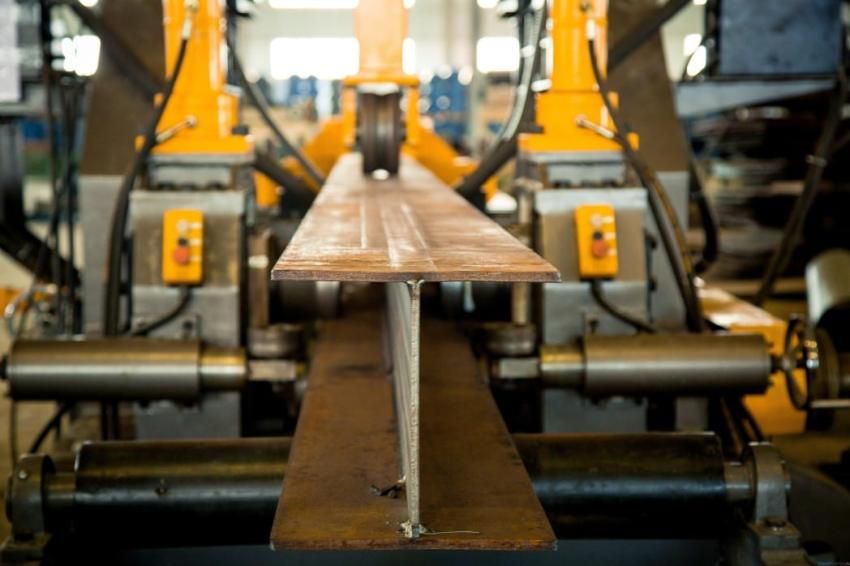
Making your own I-beams made of metal is almost impossible. The production process is carried out on specialized equipment by hot rolling. The blank for the product is blooms, which are processed at a temperature of about 1200?. The specific shape of the profile increases the strength and rigidity of the product, and also allows it to withstand increased load and evenly distribute it over the entire surface of the structure.
There is another method for the production of I-beams – welding, when the three elements of the profile are connected by welding. This process is fully automated. Welded I-beams have a smaller cross section compared to monolithic beams. Here you can also combine various steel grades, reinforcing only the “necessary” areas, which, in turn, reduces the total cost of the profile.
Double tee 10: sizes, characteristics, scope
I-Beam Profile No. 10 is the smallest representative of these structures. Despite the low weight, the product is quite tough. This profile is characterized by increased resistance to loads, high reliability and stability of the geometric characteristics during the operation period.
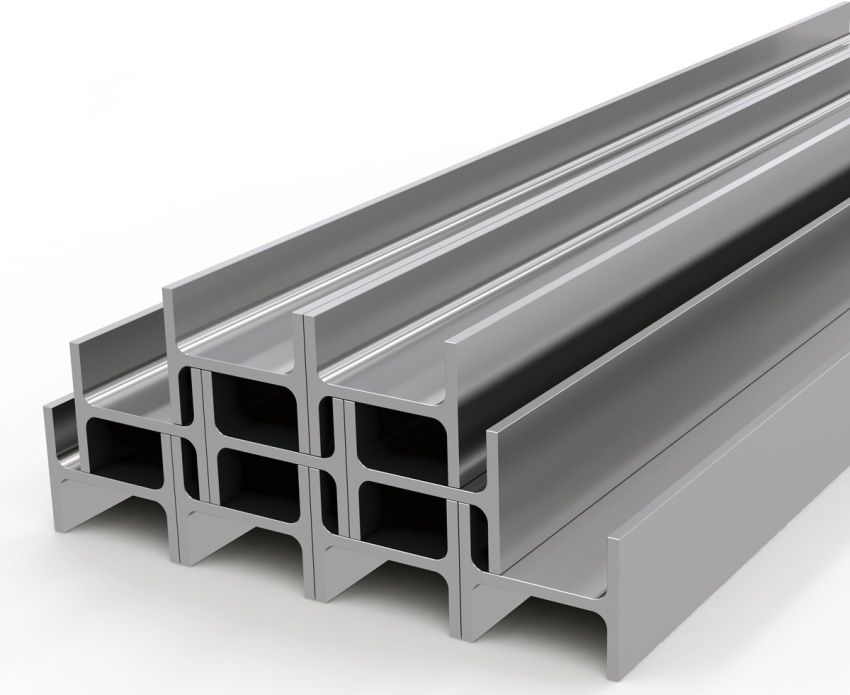
I-beam 10 is used as a durable overlapping of frames in the construction of low-rise structures, strengthening of buildings or for the construction of a support, and the product is used in the design of vertical columns. The parameters of this profile are small. The total height of the I-beam is 100 mm. The width of the profile reaches 55 mm. The wall has a thickness of 4, 5 mm, and the shelf – 7.2 mm. The I-meter in this modification weighs 10 9, 46 kg. The tenth I-beam can be made from 4 m to 12 m long.
According to the position of the faces, inclined and parallel I-beams are distinguished. They are labeled accordingly, where “U” is a profile with a slope of the faces and “P” is a beam in which the faces are parallel.
I double 12: sizes and mass profile marking
This type of profile is made in accordance with the provisions of GOST 8239-89. It is presented in several variations. Marking determines the features of the product. So, the letter “B” denotes the edges of the shelves without tilting on standard I-beams. Marking “W” indicates the parallelism of the edges of the shelves on the wide-shelf profiles. The letter “K” characterizes the column I-beams. Narrow-leg profiles are marked with a “U”, and middle-beam beams have an “D” index.
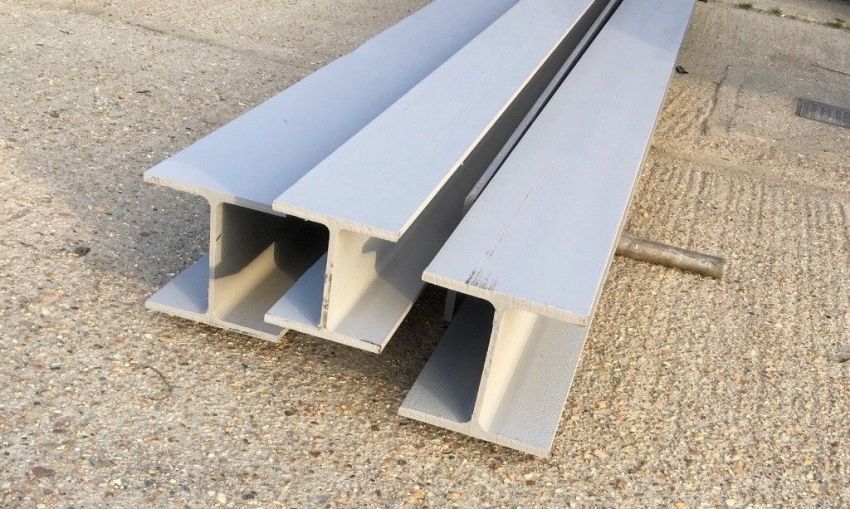
The total height of the profile 12 size is 120 mm. Its total width is 64 mm. The thickness of the product wall is 4, 8 mm, and the lintel is 7, 3 mm. The running meter of such an I-beam weighs 11.54 kg.
Important! The given dimensional data are for informational purposes only, they are for reference only and are formed on the basis of the nominal size at a metal density of 7.85 g / cm ?.
Double tee 14: sizes and design features
I-Beam No. 14 is manufactured in accordance with the provisions prescribed in GOST 8239-89. It is recommended for use in the construction of supporting structures in industrial and residential buildings, in the construction of bridges, as well as in the engineering industries. The material demonstrates high resistance to adverse environmental influences, fire resistance, and is not afraid of various microorganisms. With the help of such structures, it is possible to achieve lower installation costs and reduce construction time.
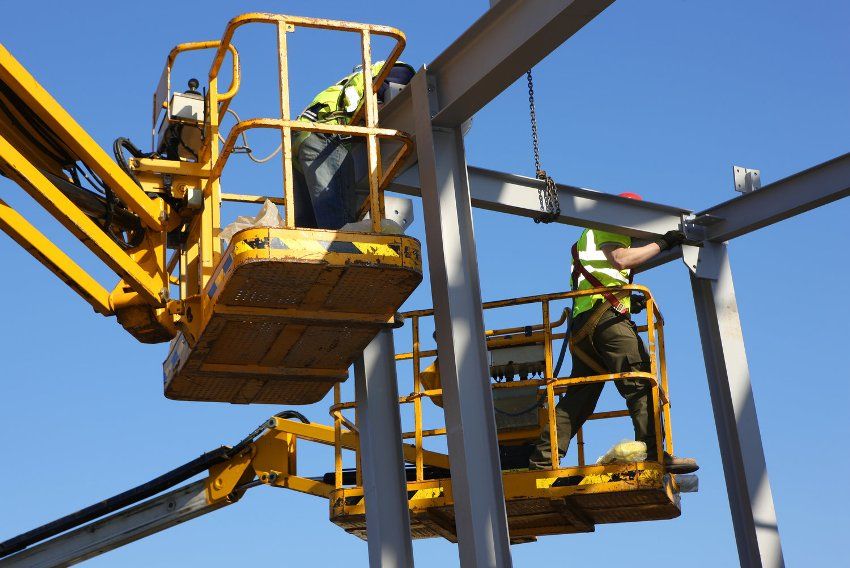
The total height of such a profile (with the thickness of the shelves) is 140 mm. The beam has a width of 73 mm, the lintel wall is 4, 9 mm. The total thickness of the shelf reaches 7.5 mm. By weight, the meter-high I-beam is 13, 68 kg. An I-beam of this type has variations.
The table of I-beams No. 14 clearly demonstrates this:
| Profile view | Width, mm | Height mm | Shelf thickness, mm | Wall thickness mm | Weight 1 m length, kg |
| 14 | 73 | 140 | 7.5 | 4.9 | 13.68 |
| 14С | 80 | 140 | 9.1 | 5.5 | 16.9 |
| 14B1 | 73 | 137.4 | 5.6 | 3.8 | 10.5 |
| 14B2 | 73 | 140 | 6.9 | 4.7 | 12.9 |
I-16 size, modifications and scope
The production of an I-beam of this size is regulated by the state standard. The scope of its application is rather wide: industrial and residential objects, pavilions, columns, storages, bridges, etc.
I-beams number 16 are of several types. It is technically possible to make beams where the edges of the shelves are parallel, profiles with an inclination of the inner edge from 6% to 12% and with an inclination from 12% to 16%. Also produce welded profiles, where the upper and lower shelves are attached to the base. As a variation of such a profile, a nonstandard I-beam is encountered, where the width of the upper and lower shelves is different.
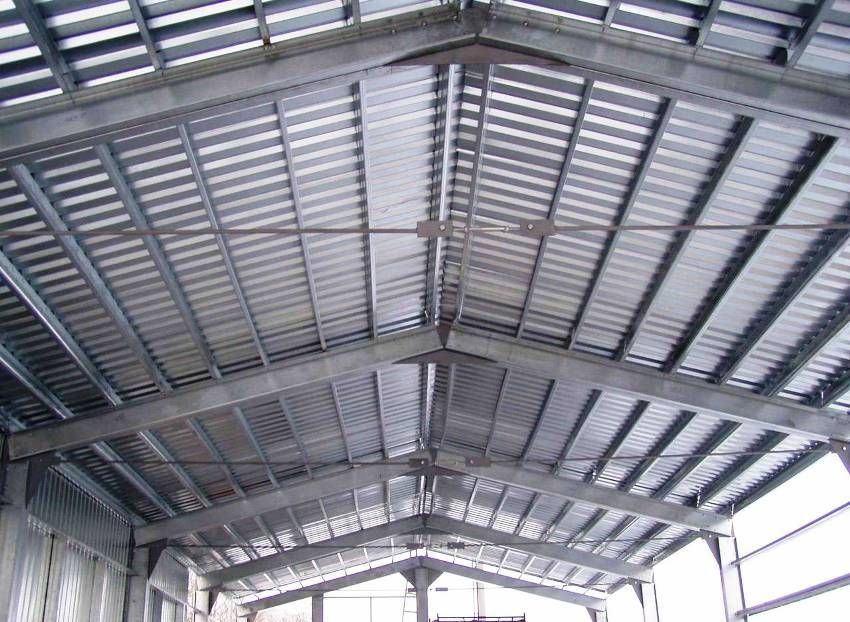
I-beams with a slope of up to 12% are an enhanced profile modification and are suitable for universal use. Profiles with a slope of 12% are labeled “M”. They are intended for use when installing suspended paths. The profiles marked with the letter “C” are characterized by the inclination of the inner shelves of 16%. They are used to strengthen or reinforce the shaft shafts.
I-beam 16 has a full height of 160 mm. The total width of the beam is 81 mm. The thickness of the profile wall is 5 mm. The average thickness of the shelf – 7, 8 mm. One meter of double tee according to GOST 15, 89 kg weighs.
I-beam profile No. 18: distinctive features and I-beam weight
This type of profile is classified as rolled type – monorail beams. I-18 is considered to be universal because it is applicable in all sectors of construction. Its main advantages are rigidity, durability, wear resistance.
Like the previous types of beams, I-18 is made in accordance with the state standard 8239-89. This product is made in the H-shaped form and is presented in two versions. There are I-beams standard and high accuracy. The profile of standard accuracy has a height of 180 mm, a width of 90 mm, a wall thickness of 5.1 mm and an average jumper thickness of 8.1 mm. The weight of 18 I-beams in the meter beam is 18, 35 kg. The beam of increased accuracy is characterized by its distinctive features. In the label there is the letter “A”. The dimensions of the I-18 in this embodiment are somewhat different. Total profile height is 180 mm. The total width is 100 mm. The web is 5, 1 mm thick, the shelf thickness is 8.3 mm. The dvutavrovy beam № 18 19, 92 kg weighs.
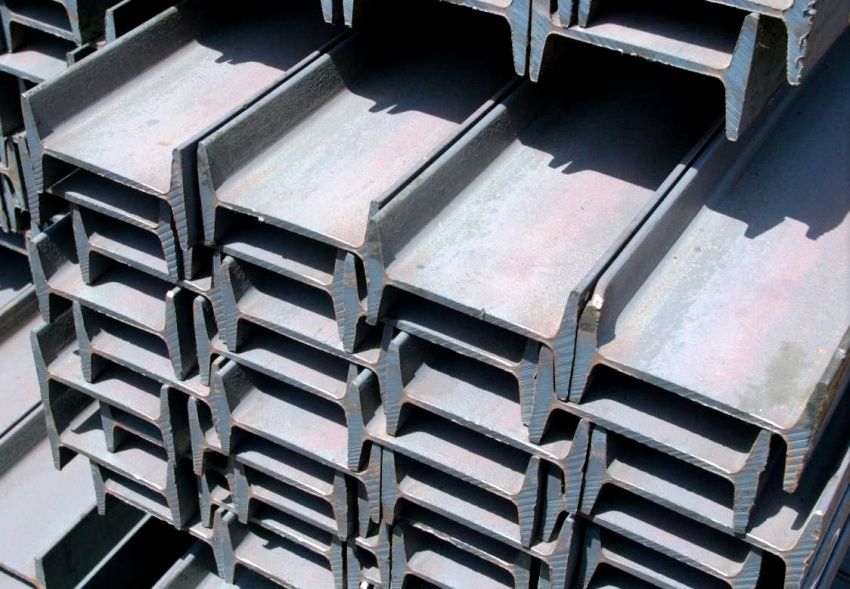
Helpful advice! To quickly understand the marking of the profile, it is enough to know the principle of the inscription: the first numbers are the height of the profile, the letters are the type of the beam and the number at the end is the size of the beam in this series.
Technical indicators, size and weight of an I-beam 20
I-beam No. 20 is a profile made in the same hot-rolled way as other beams of this type. It has the shape of an inverted “H”. I-beam profile No. 20 is made according to the provision of GOST 26020-83, which regulates the size and weight of the I-beam 20, as well as in accordance with the state standard 19425-74 and 8239-89.
The total height of the profile is 200 mm, its width is 100 mm. The profile wall is 5, 2 mm thick, and the lintel is 8, 4 mm. The weight of 1 meter of I-beam 20 is equal to 21, 04 kg.
As an option, such an I-beam can be made of welded beams. It is important to note that it has a wider scope.
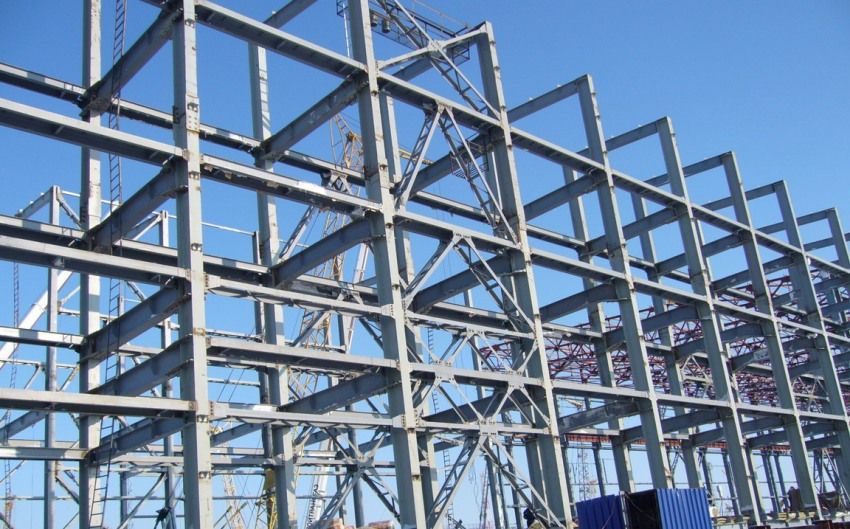
Profile classification and possible I-beam size 20
Beams number 20 may vary the location of the edges of the shelf. There are profiles with a bias and parallel. Faces with a slope are normal (with an angle of 6-12%), i.e. without additional marking, and with a special location. The second option differs in the type of marking: M and C. The marking “M” implies the use of the product when constructing hinged systems of a complex type. The profile, indicated by the letter “C”, is used in the construction of structures of complex geometry or in the formation of specific structures.
The cost of an I-beam profile is formed on the basis of the price of the metal and the amount of consumable material required for the manufacture of the beam. The cost is calculated for each meter of the profile.
It is easy to purchase I-beams today, it is much more difficult to select I-beams that most accurately respond to the needs of the object being built. Guided by the data presented in the article, you can navigate in type, amount of materials and significantly save time on calculations.
